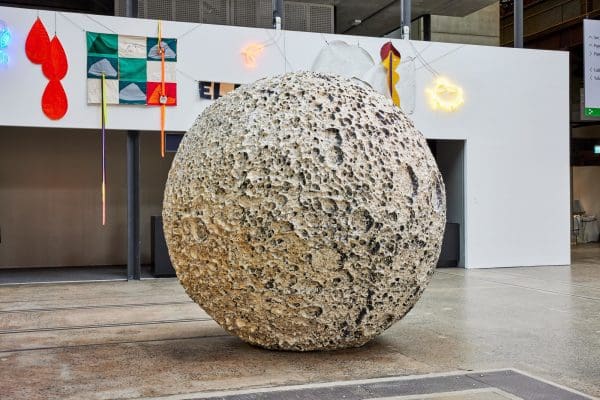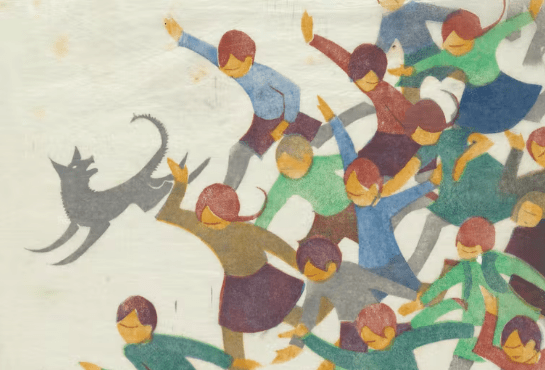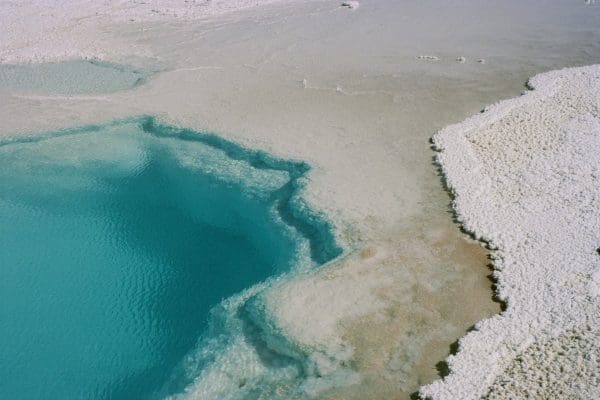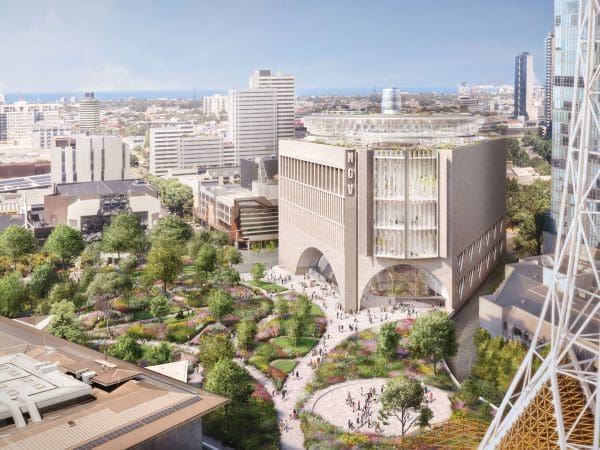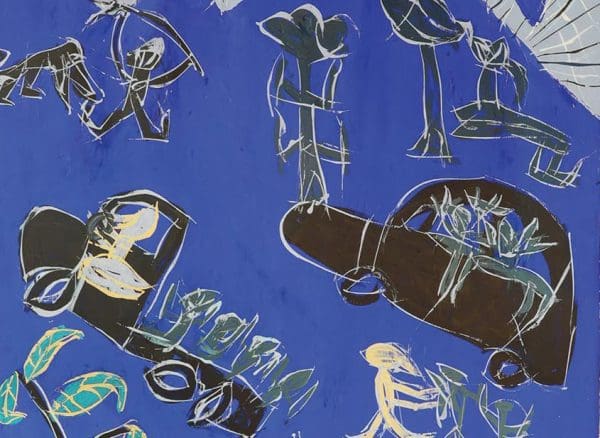
D Harding and Kate Harding: two artists exploring connections between mother and child, and the culture that forged them
D and Kate Harding are descendants of the Bidjara, Ghungalu and Garingbal peoples, and have strong continuous connections to the internationally significant heritage site of Carnarvon Gorge in central Queensland.



